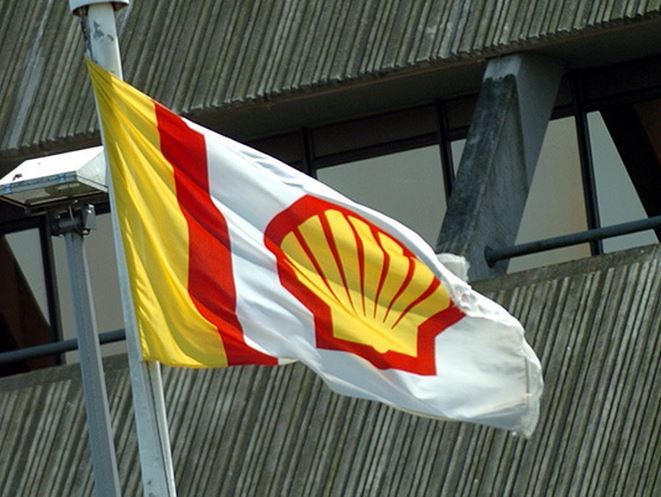
Oil giant Shell is set to launch a consultation on one of the most significant and complex decommissioning projects in the North Sea yet – and which is sure to stir controversy as the ten year, multi-billion pound plan progresses.
Later this month the firm will take the first step towards decommissioning the Brent Delta, one of four oil rigs on the field 115milles north-east of Shetland that has producing since 1976.
Shell will launch a 30-day public consultation later this month on the first stage of the programme. If approved, the company will press ahead with the removal of the 23,500 ton Brent Delta topside next year, kick-starting a push to decommission North Sea infrastructure. Currently only 10% UK North SEea installations, pipelines, wells and terminals have been decommissioned. Meanwhile expendiutre on breaking up past0its-use infrastructure is set to become a £40billion industry in the next 25 years.
Shell has leased a “heavy lift” vessel – the Pieter Schelte, which is though to be the largest ship ever built – to lift and remove the topside in one piece. The unit will then be shipped to the Able UK recycling facility at Seaton Port, Teesside, where Shell claims 97% of the unit will be recycled and sold for scrap metal. It is estimated the topside will take nine months to dismantle and will create 100 jobs in the deprived area. The Teesside location was chosen as the main site for the entire Brent decommissioning project last year following a review of 130 locations in ports around the North Sea.
But the removal of the topside is only the first step in decommissioning Brent Delta.
Although evaluation of the Brent field decommissioning plan has been under review in earnest since 2007, Shell is still currently evaluating how to decommission the legs and concrete storage cells – the “gravity-based structures” – that will remain once the topside is removed.
A second plan will focus on decommissioning of Brent Delta’s legs, the three other installations – Alpha, Bravo and Charlie, as well as 140 wells and 28 pipelines.
Shell said the second decommissioning programme for the remaining infrastructure in the Brent field will be submitted when it is confident the proposals are “safe, technically achievable, environmentally sound and financially responsible”.
Alistair Hope, Shell’s Brent Decommissioning Project Director, described the decommissioning “as the most difficult project in Shell today”.
The Brent Delta has three concrete legs that weigh 300,000 tons each. Meanwhile there are 64 “gravity base structures”, which stored oil and gas and which remain full of oily sediment. Each of these has the capacity to hold the equivalent of four Olympic-sized swimming pools and are 170 ft high sunk at depths of 460 ft.
As Shell notes: “This type of operation – to remove gravity base structures – has never been attempted before in the North Sea”.
Brent Delta ceased production in 2011 and Brent Alpha and Bravo stopped in November. Shell says it has achieved 99.5% of the field’s “economically recoverable reserves”, although production from the field continues through Brent Charlie.
WWF Scotland director Lang Banks said: “The industry pushed the boundaries of science and engineering to access North Sea oil and gas.
“Having made massive profits over the last few decades, it’s only right that it should push those limits once again to clean up their potentially hazardous legacy and protect the marine environment
“Given the enormous size of the rigs and the iconic nature of the Brent field, this decommissioning will be watched closely and should therefore be aiming to set the highest possible benchmarks for the rest of the industry to follow.
“If done right, then it could open the door for Scotland to lead a new multi-billion pound, global decommissioning industry.”
Shell UK is a joint owner of the field with Esso Exploration and Production UK.
Read more Oil and Gas news here.
Recommended for you

